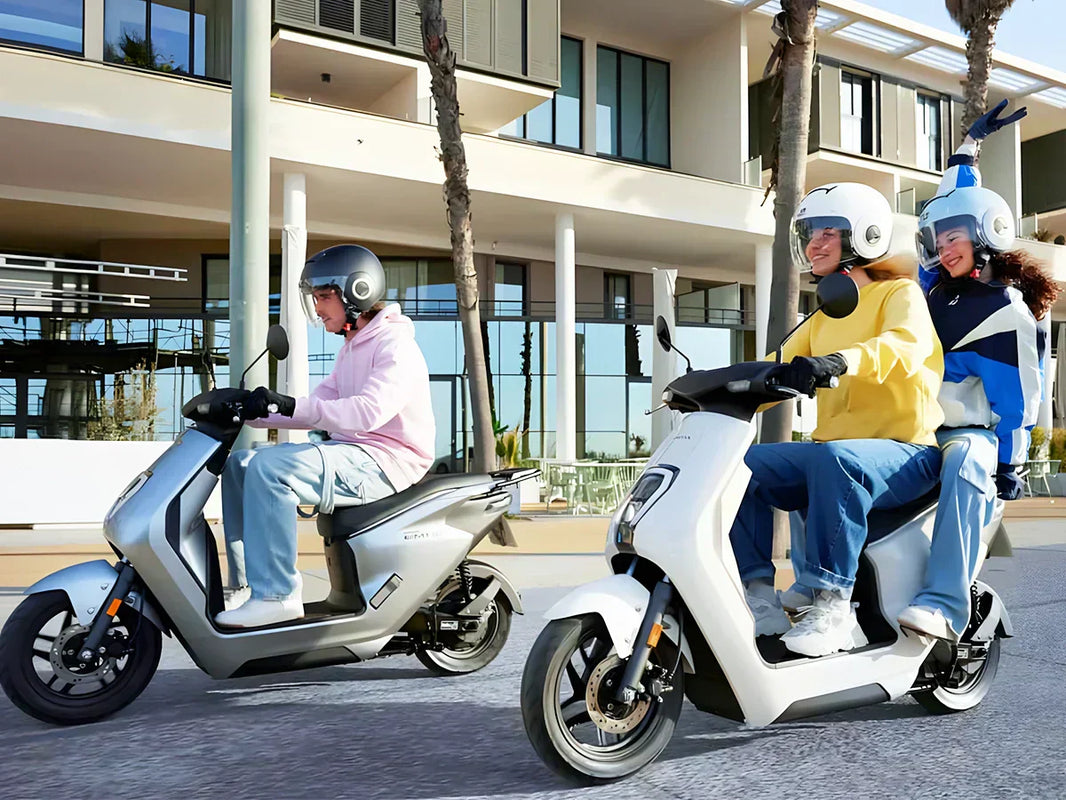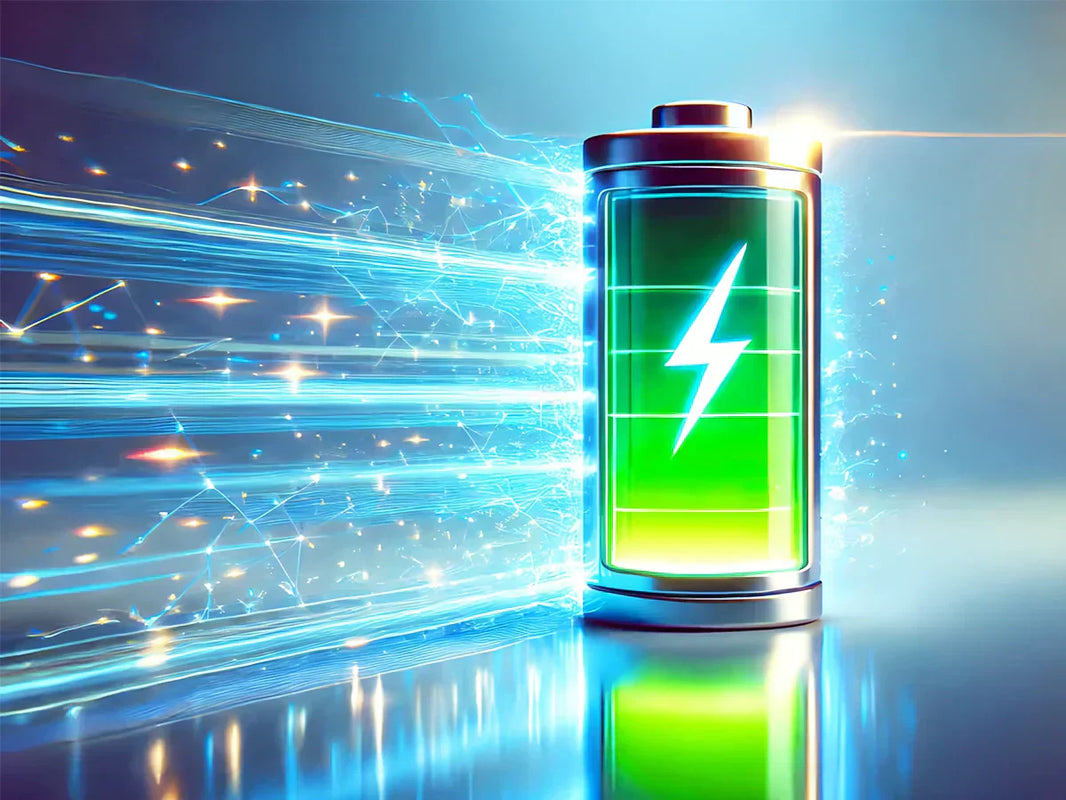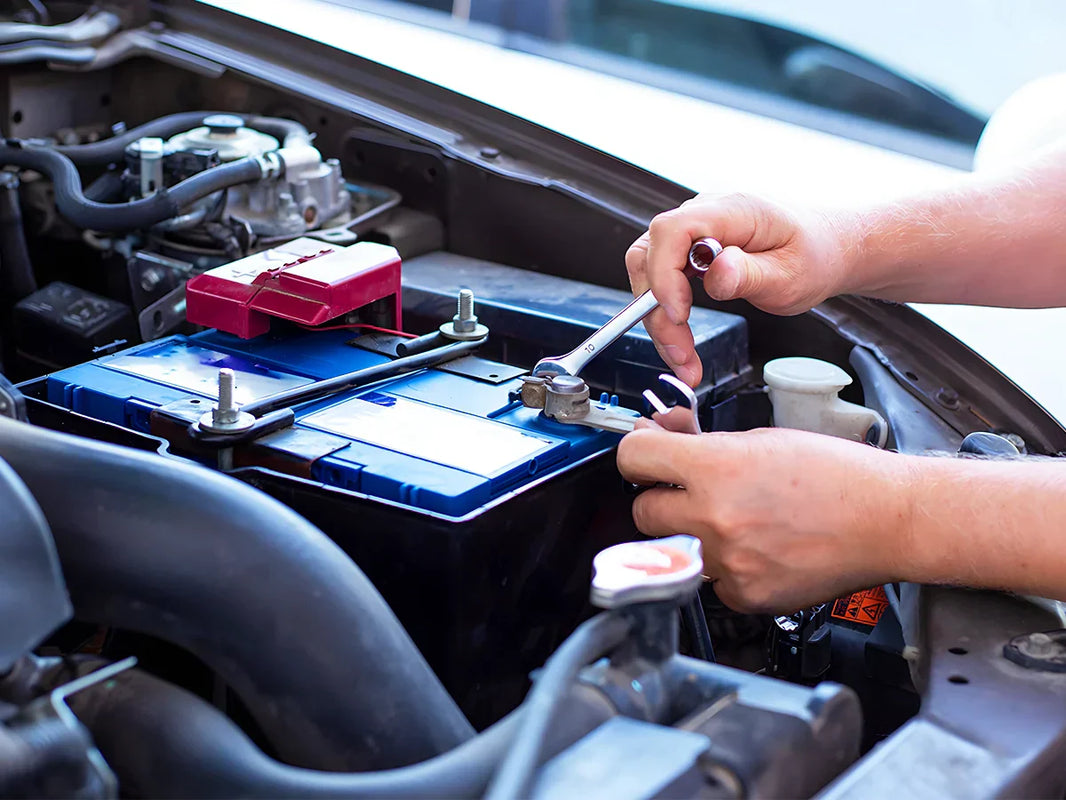
The traditional hybrid vehicle mainly uses the engine to provide power, and the battery (or capacitor, etc.) is only used as an energy storage and release device to balance the power demand of the vehicle under different working conditions, so as to make the engine work in the best working condition, so as to achieve the purpose of saving fuel and reducing emissions. Therefore, the main energy of traditional hybrid vehicles comes from fuel, which still has a great dependence on oil. Recently, more and more automobile manufacturers and researchers have begun to focus on the research and development of plug-in hybrid electroc vehicles (PHEVs). PHEV is a vehicle type derived from traditional hybrid vehicles in recent years, and has gradually attracted the attention of countries around the world. The difference between this emerging energy-saving and environmentally friendly vehicle and the previous hybrid vehicle is that the vehicle mainly runs on electric energy, while the engine is only used as an auxiliary power system, thus greatly reducing the vehicle's dependence on fuel and achieving more environmentally friendly and energy-saving effects.

Externally rechargeable hybrid electric vehicles have two sources of propulsion, an electric motor and an internal combustion engine, which can power the vehicle individually or together. The energy of the battery mainly comes from the public grid, and the charged battery pack supplies power to the motor to realize the operation of the vehicle. When the speed of PHEV is lower than 40km/h in urban conditions or when the vehicle is coasting, the vehicle is completely driven by electricity; when the battery power is lower than a certain standard value (for example, the power is reduced to 20%), or in the case of heavy load requirements such as acceleration and hill-climbing, the engine starts to work to provide additional power to maintain the vehicle's driving; PHEVs generally have a braking energy recovery device, which converts braking energy into electricity and stores it in the battery, thereby further reducing fuel consumption. The battery capacity of PHEVs can generally reach 6~10kWh, which is 30%~50% of the battery capacity of pure electric vehicles, and 3~5 times that of general hybrid vehicles. It can be said that it is a transitional product between hybrid vehicles and pure electric vehicles. Although the purchase price of PHEVs is slightly higher (1.2 times) than that of conventional sedans and hybrid sedans, but due to the application of new technologies such as high capacity of external batteries and braking energy recovery, vehicles can basically achieve zero emissions when driving in urban areas, and the fuel economy is also 2 to 5 times higher than that of ordinary vehicles. The battery capacity required by a PHEV depends on the size of the layout space. If the battery is smaller, the cost of the PHEV is lower; conversely, if the battery is larger, the cost of the vehicle will increase and the charging time will be longer.

PHEV is beneficial to environmental protection and economic growth for the whole society. The advantages of PHEVs can be demonstrated by calculating the amount of fuel saved and pollution reduction, such as various greenhouse gas (GHG) emissions. The main purposes of developing PHEVs include the following aspects:
(1) The consumption of fossil fuels can be reduced in the field of transportation. Because PHEVs do not have to refuel the car or require very little gasoline, they can save a lot of fossil fuels, which will have long-term political, economic, and environmental impacts.
(2) Reduction of emissions. Due to the reduction in fuel consumption, with the large-scale introduction of PHEVs into the market, the overall emissions will be greatly reduced. The centralized generation of electricity is much more efficient and emits far fewer emissions than gasoline-powered cars. Emissions in cities and towns (caused by driving cars) and emissions in remote areas (caused by the production of electricity in power plants) can mitigate severe pollution in densely populated metropolises. In the future, as electricity comes more and more from renewable energy sources (which can be used by PHEVs), overall emissions will be further reduced.
(3) Saving energy costs. The PHEV starts out using electrical energy. Since the equivalent energy unit of electricity is cheaper than fuel, the electricity cost per kilometer is less than that of gasoline. The current average price of gasoline is about 6 yuan/L, while the price per kilowatt-hour of electricity is 0.6 yuan. For a mid-size car, it can travel 12.7km per litre of petrol and 8km per kWh of electricity. This means that driving 12.7km, the cost of using electricity is 0.95 yuan (that is, 1.6kWh of electricity), and the cost of using gasoline is as high as about 6 yuan. Using electricity every 12.7km can save 5.05 yuan. However, PHEVs require more components, such as batteries and electric motors, resulting in a much higher overall price than conventional gasoline vehicles. The cost of buying a PHEV takes time to recoup through fuel savings. At current oil prices, it will take a longer time for car owners to recoup their initial investment costs. If oil prices rise, it is effective to amortize costs by saving fuel. At the same time, as the output of PHE V continues to rise, its cost will also continue to decline. Government incentives such as tax rebates also help subsidize the initial cost of PHEVs. In conclusion, differential pricing between energy sources is beneficial to the mass use and promotion of PHEVs.
(4) Savings in maintenance costs. PHEVs help save maintenance costs. Since the vehicle uses regenerative braking as the auxiliary of the mechanical braking system, it can effectively reduce the wear and burden of the mechanical braking system during braking, and reduce the frequency of maintenance and repair (such as replacement of brake pads and replacement of brake fluid, etc.) of the braking system. Since the engine sometimes does not work or the working time is greatly reduced, the cycle of engine oil replacement and other maintenance items is long.
(5) Backup power. The PHEV can be used as a backup energy source when using a two-way charger. The battery pack of a PHEV can usually provide 3~10kW of power to a home or office for several hours, and can also be further extended by the power generated by the on-board engine generator/motor.
(6) Reuse of scrapped batteries. When the PHEV's battery pack is no longer sufficient for driving needs, it can be used to store electrical energy from the grid. Especially as more and more renewable energy generation is connected to the grid, the stability of the grid is even more important.
















